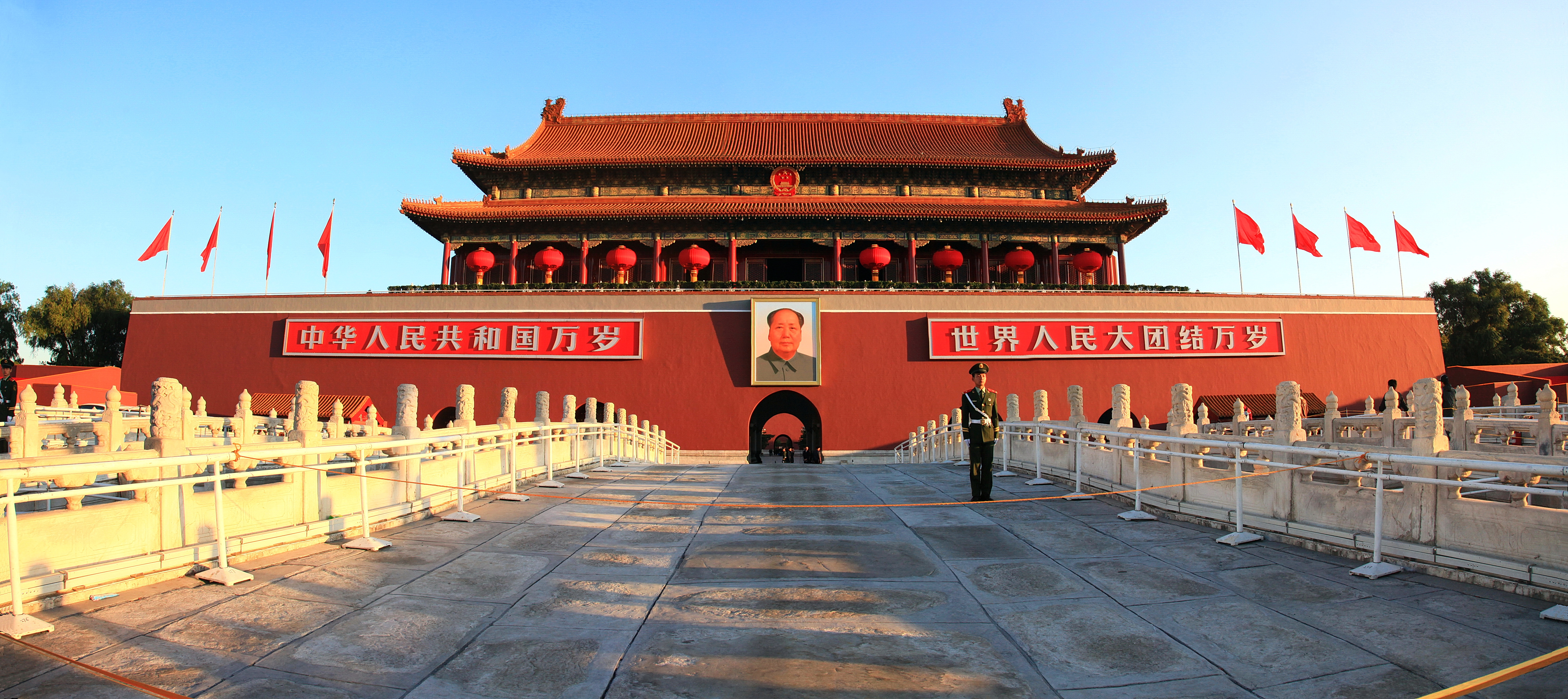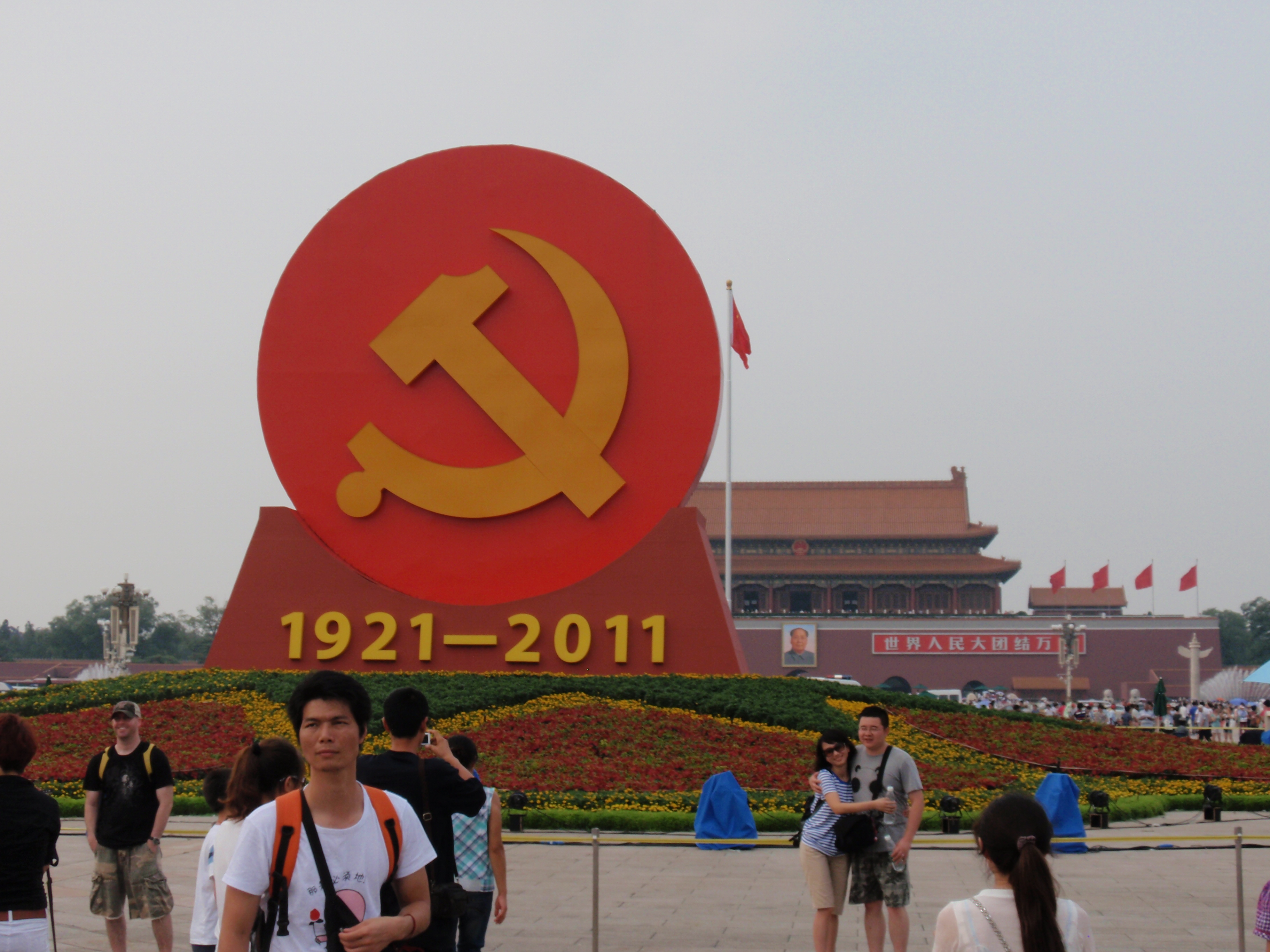|
Jiang'an District
Jiang'an District () forms part of the urban core of and is one of 13 urban districts of the prefecture-level city of Wuhan, the capital of Hubei Province, China. Jiang'an District is located on the Yangtze's left (northwestern) shore, and includes the northeastern half of the former Hankou city (northeast, i.e. downstream, of Jianghan Rd.). On the left bank of the Yangtze, it borders Huangpi to the north, Jianghan to the southwest, and Dongxihu to the west; on the opposite bank it borders Hongshan, Wuchang, and Qingshan. History The Congressional-Executive Commission on China included Jiang Yanchun (), a 46 year old native of Huarong District, Ezhou, in their Political Prisoner Database from November 5, 2017. Jiang was a petitioner who was contesting demolition and resettlement in Jiang'an District when she was detained in Beijing at around 4 PM on Sunday, November 13, 2016 for disrupting order in the Tian'anmen area. She was returned to Wuhan on November 14, 2016 where s ... [...More Info...] [...Related Items...] OR: [Wikipedia] [Google] [Baidu] |
District (China)
The term ''district'', in the context of China, is used to refer to several unrelated political divisions in both ancient and modern China. In the modern context, district (), formally city-governed district, city-controlled district, or municipal district (), are subdivisions of a municipality or a prefecture-level city. The rank of a district derives from the rank of its city. Districts of a municipality are prefecture-level; districts of a sub-provincial city are sub-prefecture-level; and districts of a prefecture-level city are county-level. The term was also formerly used to refer to obsolete county-controlled districts (also known as district public office). However, if the word ''district'' is encountered in the context of ancient Chinese history, then it is a translation for ''xian'', another type of administrative division in China. Before the 1980s, cities in China were administrative divisions containing mostly urban, built-up areas, with very little farmlan ... [...More Info...] [...Related Items...] OR: [Wikipedia] [Google] [Baidu] |
Congressional-Executive Commission On China
The Congressional-Executive Commission on China (CECC) is an independent agency of the U.S. government which monitors human rights and rule of law developments in the People's Republic of China. It was created in October 2001 under Title III of H.R. 4444, which authorizes normal trade relations with the PRC, and establishes a framework for relations between the two countries.H.R. 4444, TITLE III--CONGRESSIONAL-EXECUTIVE COMMISSION ON THE PEOPLE'S REPUBLIC OF CHINA The commission was given the mandate by the to monitor and report on human rights issues with a particular focus on compliance with the |
Subdistrict (China)
A subdistrict ()' is one of the smaller administrative divisions of China, administrative divisions of China. It is a form of townships of China, township-level division which is typically part of a larger urban area, as opposed to a discrete towns of China, town (zhèn, 镇) surrounded by rural areas, or a rural townships of China, township (xiāng, 乡). In general, urban areas are divided into subdistricts and a subdistrict is sub-divided into several residential community, residential communities or neighbourhoods as well as into villagers' groups (居民区/居住区, 小区/社区, 村民小组). The subdistrict's administrative agency is the subdistrict office ()"【街道办事处】 jiēdào bànshìchù 市辖区、不设区的市的人民政府派出机关。在上一级政府领导下,负责本辖区内的社区服务、经济发展、社会治安等工作。" or simply the jiedao ban (街道办, jiēdào bàn). Because of the influence of the literal meaning of ... [...More Info...] [...Related Items...] OR: [Wikipedia] [Google] [Baidu] |
Simplified Chinese Character
Simplified Chinese characters are standardized Chinese characters used in mainland China, Malaysia and Singapore, as prescribed by the ''Table of General Standard Chinese Characters''. Along with traditional Chinese characters, they are one of the two standard character sets of the contemporary Chinese written language. The government of the People's Republic of China in mainland China has promoted them for use in printing since the 1950s and 1960s to encourage literacy. They are officially used in the People's Republic of China, Malaysia and Singapore, while traditional Chinese characters still remain in common use in Hong Kong, Macau, ROC/Taiwan and Japan to a certain extent. Simplified Chinese characters may be referred to by their official name above or colloquially . In its broadest sense, the latter term refers to all characters that have undergone simplifications of character "structure" or "body", some of which have existed for millennia mainly in handwriting alongsid ... [...More Info...] [...Related Items...] OR: [Wikipedia] [Google] [Baidu] |
Chinese Language
Chinese (, especially when referring to written Chinese) is a group of languages spoken natively by the ethnic Han Chinese majority and many minority ethnic groups in Greater China. About 1.3 billion people (or approximately 16% of the world's population) speak a variety of Chinese as their first language. Chinese languages form the Sinitic branch of the Sino-Tibetan languages family. The spoken varieties of Chinese are usually considered by native speakers to be variants of a single language. However, their lack of mutual intelligibility means they are sometimes considered separate languages in a family. Investigation of the historical relationships among the varieties of Chinese is ongoing. Currently, most classifications posit 7 to 13 main regional groups based on phonetic developments from Middle Chinese, of which the most spoken by far is Mandarin (with about 800 million speakers, or 66%), followed by Min (75 million, e.g. Southern Min), Wu (74 million, e.g. Shangh ... [...More Info...] [...Related Items...] OR: [Wikipedia] [Google] [Baidu] |
Arbitrary Detention
Arbitrary arrest and arbitrary detention are the arrest or detention of an individual in a case in which there is no likelihood or evidence that they committed a crime against legal statute, or in which there has been no proper due process of law or order. Background Virtually all individuals who are arbitrarily arrested are given no explanation as to why they are being arrested, and they are not shown any arrest warrant. Depending on the social context, many or the vast majority of arbitrarily arrested individuals may be held incommunicado and their whereabouts can be concealed from their family, associates, the public population and open trial courts. International law Arbitrarily depriving an individual of their liberty is prohibited under international human rights law. Article 9 of the 1948 Universal Declaration of Human Rights decrees that "no one shall be subjected to arbitrary arrest, detention or exile"; that is, no individual, regardless of circumstances, is to be depri ... [...More Info...] [...Related Items...] OR: [Wikipedia] [Google] [Baidu] |
Picking Quarrels And Provoking Trouble
Picking quarrels and provoking trouble () (also translated as picking quarrels and stirring up trouble or picking quarrels and making trouble) is a crime under the law of the People's Republic of China. The official translation of this crime is "disrupt public order." Overview It comes under article 293 of the 1997 revision of the People's Republic of China's Penal Code, and carries a maximum sentence of five years. The former offense of "hooliganism" was removed in the same revision of the penal code. The crime is defined as undermining public order by creating a disturbance in a public place. It is a type of criminal disorderly conductor. As this is an ill-defined crime, it has frequently been used as an excuse to arrest human rights activists, civil rights activists, and lawyers in China, and hold them in detention pending more serious charges such as inciting subversion of state power. Text of the law Article 293 of the 1997 Criminal Code of the People's Republic of Chin ... [...More Info...] [...Related Items...] OR: [Wikipedia] [Google] [Baidu] |
Tian'anmen
The Tiananmen (also Tian'anmen (天安门), Tienanmen, T’ien-an Men; ), or the Gate of Heaven-Sent Pacification, is a monumental gate in the city center of Beijing, China, the front gate of the Imperial City of Beijing, located near the city's Central Business District, and widely used as a national symbol. First built during the Ming dynasty in 1420, Tiananmen was the entrance to the Imperial City, within which the Forbidden City was located. Tiananmen is located to the north of Tiananmen Square, and is separated from the plaza by Chang'an Avenue. Name The Chinese name of the gate (/), is made up of the Chinese characters for "heaven", "peace" and "gate" respectively, which is why the name is conventionally translated as "Gate of Heavenly Peace". However, this translation is somewhat misleading, since the Chinese name is derived from the much longer phrase "receiving the mandate from heaven, and pacifying the dynasty". (). The Manchu translation, ''Abkai elhe obure duk ... [...More Info...] [...Related Items...] OR: [Wikipedia] [Google] [Baidu] |
Beijing
} Beijing ( ; ; ), alternatively romanized as Peking ( ), is the capital of the People's Republic of China. It is the center of power and development of the country. Beijing is the world's most populous national capital city, with over 21 million residents. It has an administrative area of , the third in the country after Guangzhou and Shanghai. It is located in Northern China, and is governed as a municipality under the direct administration of the State Council with 16 urban, suburban, and rural districts.Figures based on 2006 statistics published in 2007 National Statistical Yearbook of China and available online at archive. Retrieved 21 April 2009. Beijing is mostly surrounded by Hebei Province with the exception of neighboring Tianjin to the southeast; together, the three divisions form the Jingjinji megalopolis and the national capital region of China. Beijing is a global city and one of the world's leading centres for culture, diplomacy, politics, finance, busi ... [...More Info...] [...Related Items...] OR: [Wikipedia] [Google] [Baidu] |
Chinese Property Law
Chinese property law has existed in various forms for centuries. After the Chinese Communist Revolution in 1949, most land is owned by collectivities or by the state; the Property Law of the People's Republic of China passed in 2007 codified property rights. History Imperial China Use of property was divided into topsoil ('' tianpi'') and subsoil ('' tiangu'') rights. Landlords with subsoil rights had a permanent claim to the property if they paid taxes and received official seals from the government, but did not have rights to actively use the land. Instead, those with topsoil rights paid the subsoil landlord a fixed rent (or part of the proceeds of what was produced on the land) for not only the right to farm and live on the land, but the right to independently sell or lease the topsoil rights to another party. So as long as another party held topsoil rights, the party holding subsoil did not have right to actively use the land or evict the topsoil owner. Land, like other fo ... [...More Info...] [...Related Items...] OR: [Wikipedia] [Google] [Baidu] |




